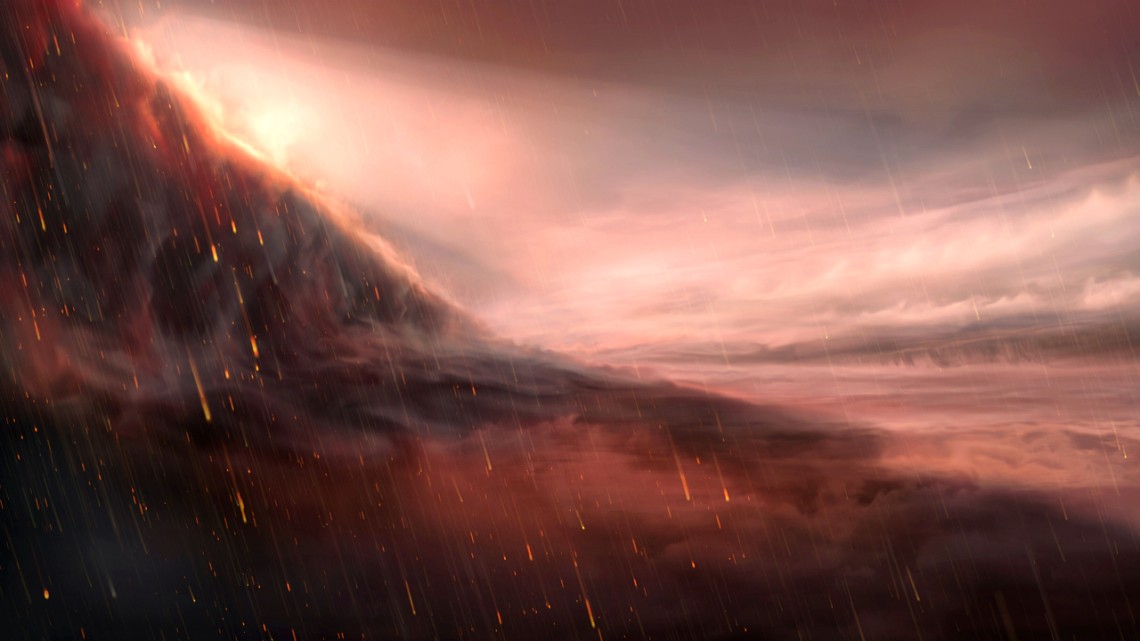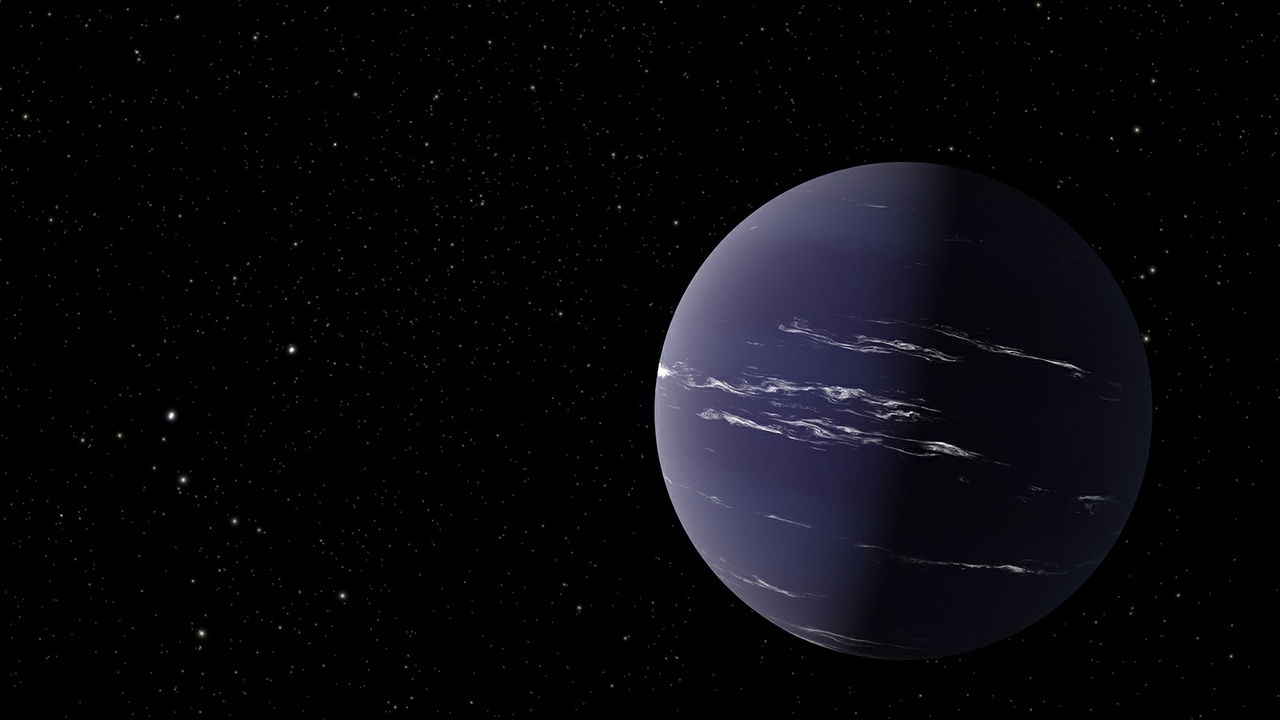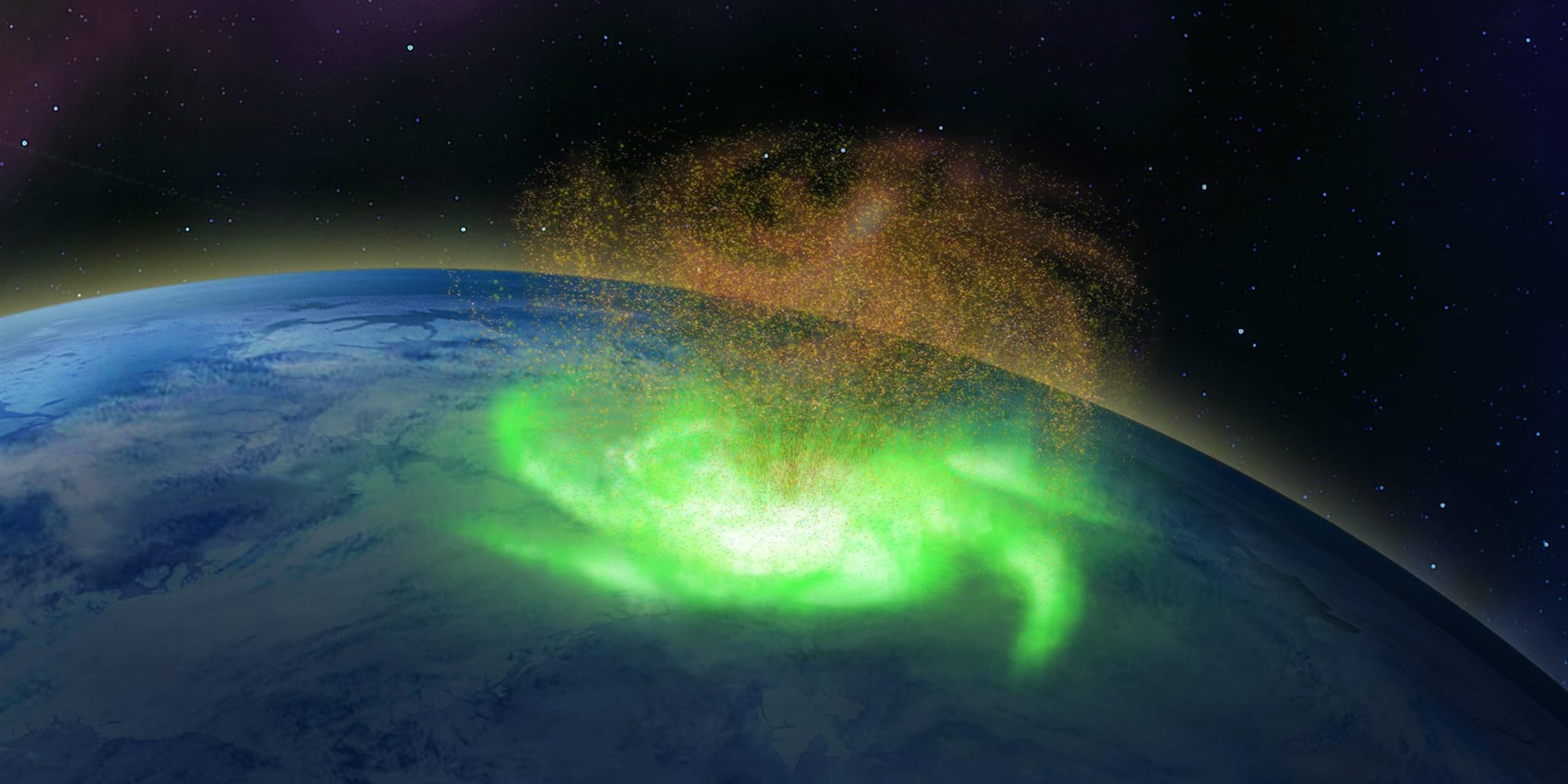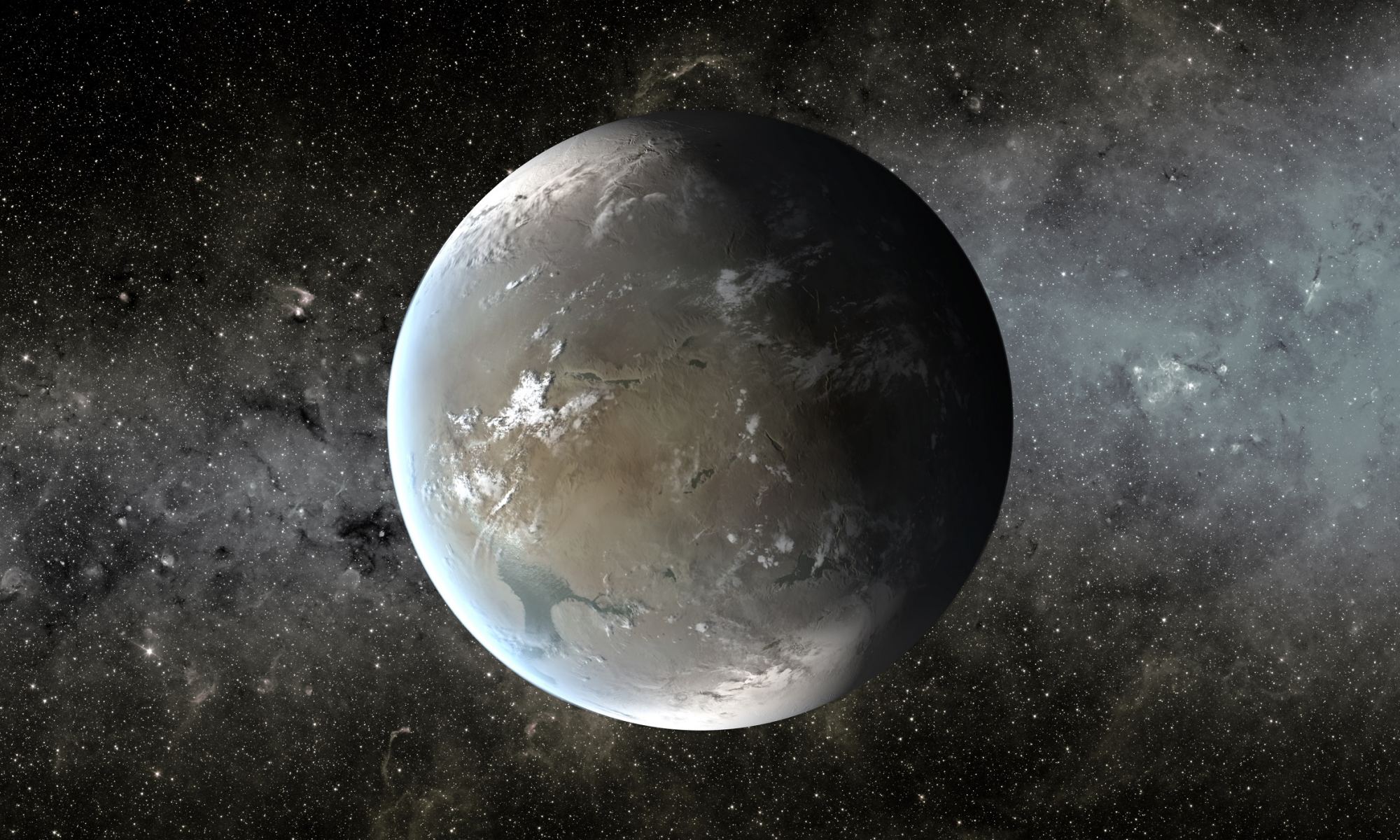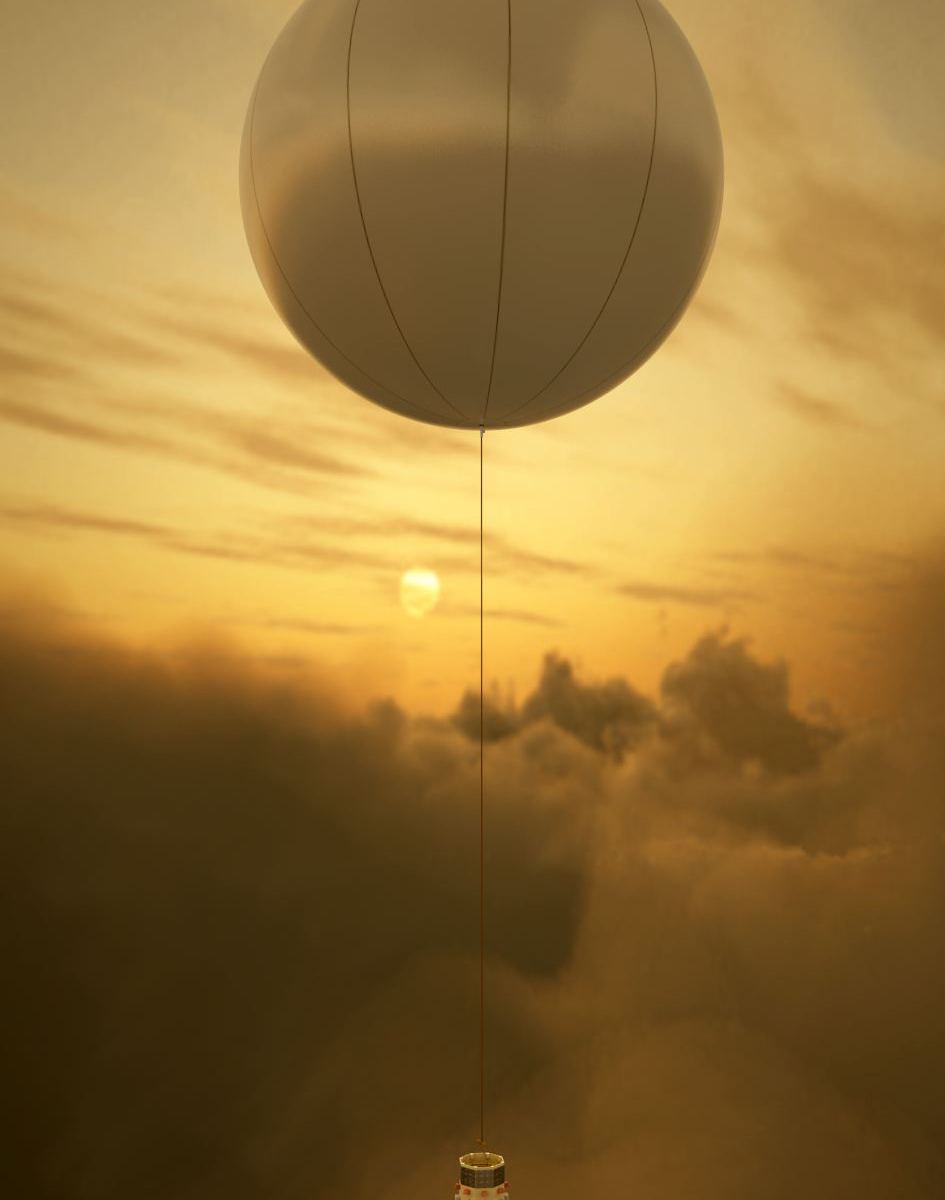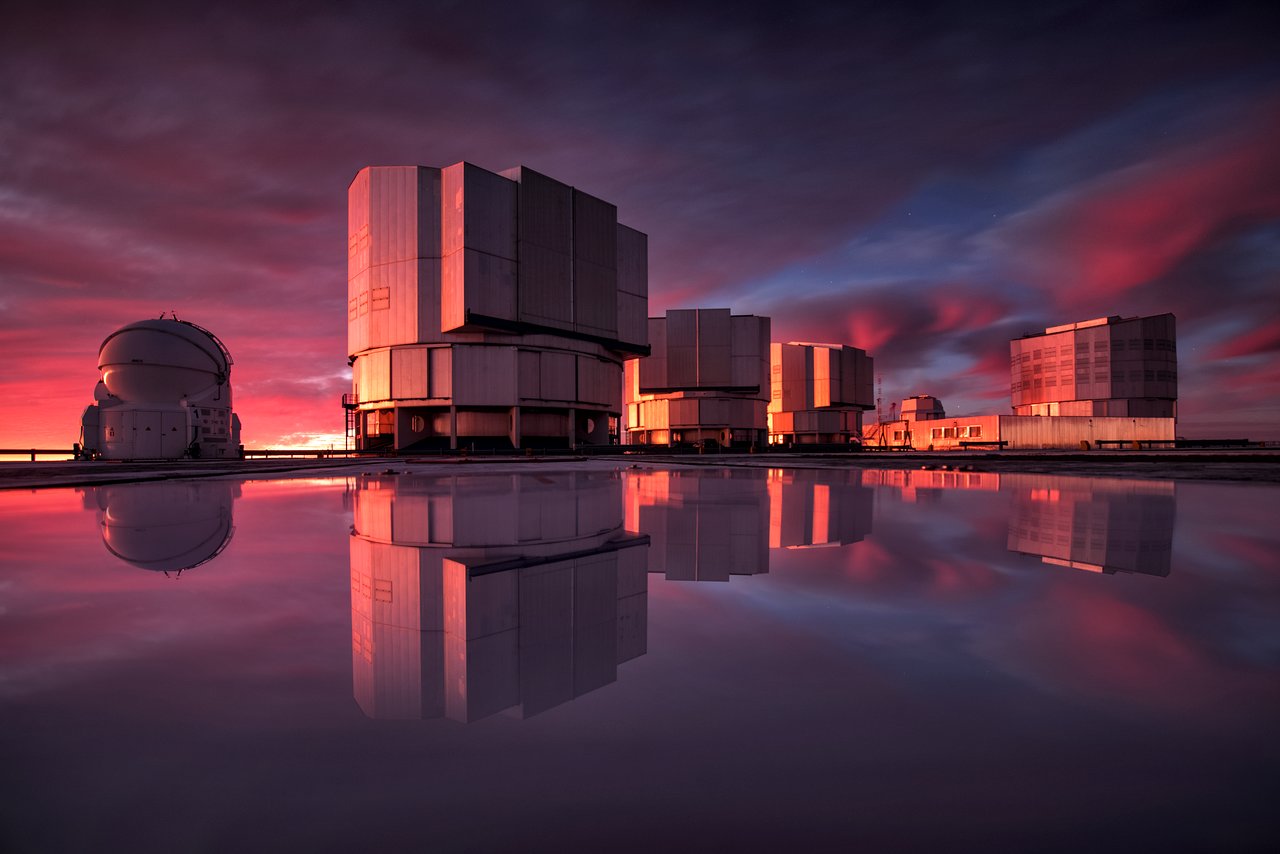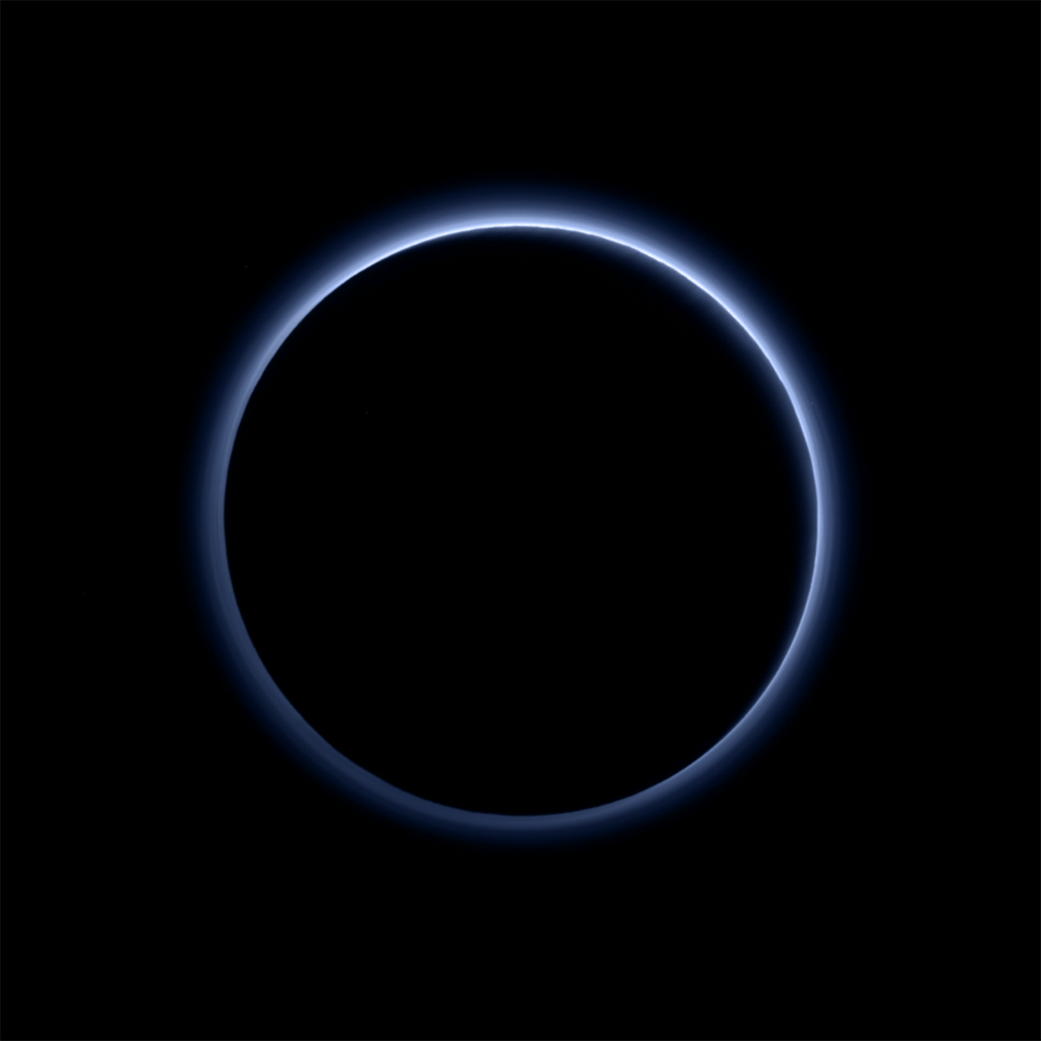WASP-76b is an ultra-hot Jupiter about 640 light-years away from Earth in the constellation Pisces. A few years ago it gained notoriety for being so hot that iron falls as rain. It’s tidally locked to its star, and the planet’s star-facing hemisphere can reach temperatures as high as 2400 Celsius, well above iron’s 1538 C melting point.
Scientists have been studying the planet since its discovery in 2013, and new evidence suggests that it’s even hotter than thought. But, almost disappointingly, there might be no iron rain after all.
Continue reading “An Exoplanet Reaches 2400 C in One Hemisphere. Does it Really Rain Iron?”
